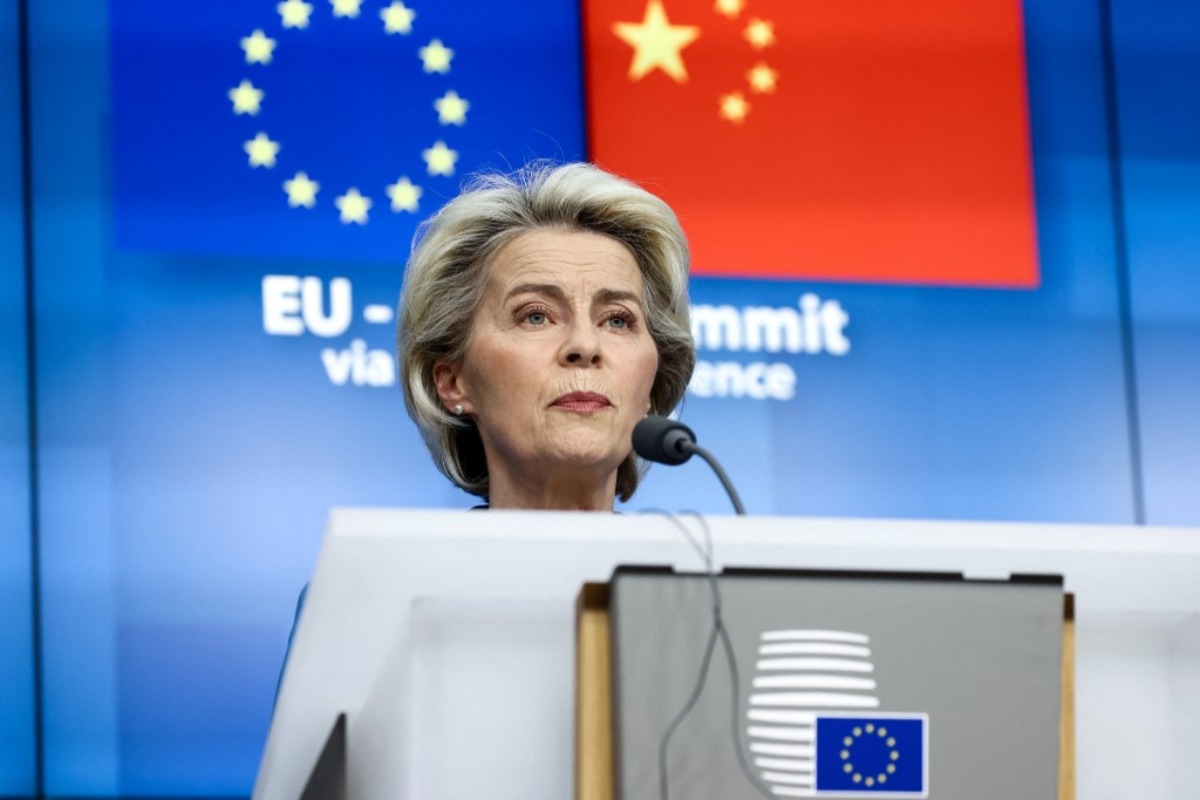Naturally, the United States will remain an important pole in this new international system, but exactly what role it will occupy is still unclear, as the new order is only just beginning to form. The US has moved first—forcefully—and is now trying to influence the rules of the emerging order. It has made its high-stakes moves (in the form of steep tariffs), and the bargaining will now begin.
The European Union has become a casualty of this major geopolitical shift.
The EU, which has fallen behind in terms of competitiveness, has thus far relied heavily—especially politically—on the United States. It has followed Washington blindly: when the US imposed sanctions, the EU did the same; when the US launched military action, the EU—if not directly involved—gave its support. In no case did it take a counter-step.
This has also been true of EU–China relations, which mark their 50th anniversary this year.
By the early 2000s, EU–China ties had reached the level of a strategic partnership. However, in 2006 the EU struck a different tone: in its newly released China policy document, it described China as a competitor and a challenge. This marked the end of the honeymoon phase. Chinese scholars have since noted that, from 2006 onwards, the EU’s China strategy increasingly appeared to be written in Washington. Nevertheless, the rhetoric did not hinder economic ties: China–EU trade relations continued to strengthen up to 2020, when the Comprehensive Agreement on Investment (CAI) was signed. But with the departure of the German Chancellor, the agreement was quickly shelved. From that point on, the EU’s China policy began to follow the US line more closely.
However, with the US launching its tariff war, the EU was left out in the cold—isolated in a world where its relations with neither the US nor China could be described as smooth. This is now having a marked impact on its economic prospects.
The 50th anniversary of EU–China diplomatic relations, and the EU–China summit on 24 July, could provide a valuable opportunity for the EU to represent and assert its own interests, to outline a new, independent foreign policy, and to recalibrate its relationship with China—its largest trading and investment partner. Ursula von der Leyen, President of the European Commission, however, recently criticised China in the European Parliament and called for a “rebalancing” of trade relations. Beijing responded with restraint, expressing confidence that the EU will prove to be a reliable and predictable partner, and that Brussels will focus on cooperation rather than emphasising differences—approaching EU–China relations objectively.
If that proves to be the case, the EU may still have the chance to play a significant role in the emerging world order.

